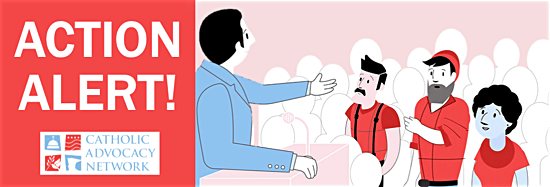Every second, people spend $3,075.64 on pornography; every second, 28,258 people view it online; every 39 minutes, a new pornographic video is made in the United States; and every day, approximately 11 million teens access some form of pornography.
No matter where or how it is accessed, Americans’ views support a $13 billion industry.
Consuming pornography is often considered a victimless act with no consequences other than to the consumer. But that is wrong. The connections between pornography and sex trafficking are often neglected, or even dismissed. Even more important, too few realize pornography itself is a form of sex trafficking.
The insidious influence of pornography changes people into objects, making it easier to dehumanize and lack empathy for human suffering. This pornography-induced mass desensitization to the suffering of others is akin to an infection in our society.
To fight this infection, we need to purify our hearts, as well as take steps in the public arena to help people understand the social disease of pornography and its effects.
The social dimension of sin
The Church reminds us that pornography is not simply a private matter that impacts only the viewer. Pornography harms others, too.
The Catechism of the Catholic Church states: “Pornography … does grave injury to the dignity of its participants (actors, vendors, the public), since each one becomes an object of base pleasure and illicit profit for others. It immerses all who are involved in the illusion of a fantasy world. It is a grave offense. Civil authorities should prevent the production and distribution of pornographic materials” (2354).
What people often miss is that pornography is sex trafficking with the camera turned on. It also perpetuates sex trafficking through its creation of debauched “fantasy worlds” that users feel compelled to experience firsthand with persons who can be discarded when the act is complete.
According to a report by Shared Hope International, an organization that aims to prevent sex trafficking, pornography is the primary gateway to purchasing humans for commercial sex. A survey of 854 women sold for sex in nine different countries makes it clear — pornography is inextricably linked to prostitution. In each surveyed country, almost half of the respondents said traffickers forced them to make pornography while enslaved.
By choosing to consume porn, we “vote with our wallet” to support the continuation of these offenses against human dignity. It is impossible to consider pornography a private affair; it is directly linked to the systematic commodification of human persons, who are victims of both the pornography and sex trafficking industries.
The new ‘it’ campaign
In the past few decades, powerful social movements have promoted public health and well-being. Campaigns to ban smoking in public places or to promote recycling each sought to connect our individual choices with how our choices could harm others or the planet.
We must raise the fight against pornography to this level of consciousness. The consequences of its use — the failed marriages and broken families, the violence against women and children, the desensitization to violence and suffering — are too great to ignore.
Purifying our hearts and homes is the first step, for our culture needs witnesses, not just teachers. As the U.S. bishops say in their 2015 pastoral letter “Create in Me a Clean Heart,” “The Church as a field hospital is called to proclaim the truth of the human person in love, to protect people — especially children — from pornography, and to provide the Lord’s mercy and healing for those wounded by pornography.”
Raising awareness also involves public witness and effective use of public policy. Because pornography is ubiquitous and often protected by courts, making the link between pornography and the public health crisis it has created will require incremental, judicious steps.
One such measure is legislation being proposed this year. Supporting SF 2554/HF 2967 will help impose additional fines on convicted child pornography offenders and direct those monies to victims of sex trafficking. It would also direct public officials to further study the connections between pornography and human trafficking.
Understanding the links between pornography and sex trafficking forces all of us to see that pornography is not a victimless act nor a harmless, private activity. It is instead a root cause of human sex trafficking and a major contributor to the commodification of our fellow human beings.
Peterson is associate director for public policy for the Minnesota Catholic Conference.

Ask your legislators to support SF 2554/HF 2967
SF 2554/HF 2967 publicly recognizes the link between pornography and sex trafficking. This bill also directs fines collected for the offenses of child pornography and the dissemination and display of harmful materials to minors to the Safe Harbor Program, which assists sex trafficking victims. You can reassure your legislators that this bill does not redirect funds from any existing programs.
To find contact information for your state senator and state representative, call 651-296-8338 or visit Catholic Advocacy Network Action Center.



